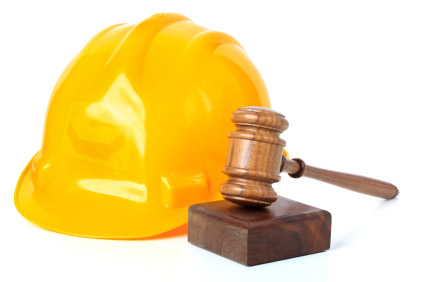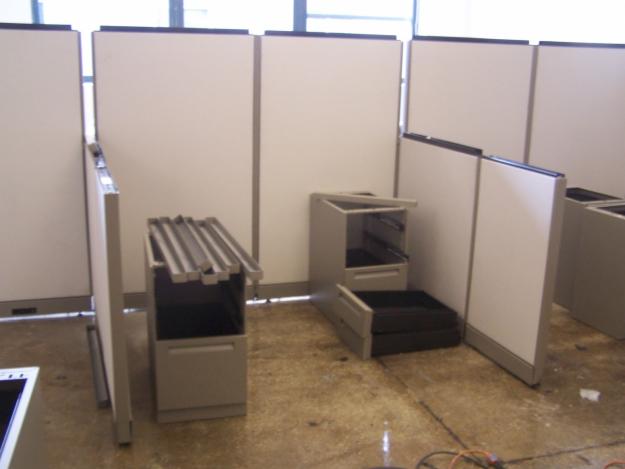By Karl Silverberg, P.E., Esq., Contributing Columnist
As stated by the United States Supreme Court, “[I]f the contractor is bound to build according to plans and specifications prepared by the owner, the contractor will not be responsible for the consequences of defects in the plans and specifications.” (United States v. Spearin 248 U.S. 132 [1918].)
This has become to be known as the owner’s implied warranty, or the Spearin Doctrine, after the United States Supreme Court decision from 1918.
Basically, as long as the contractor builds the structure according to the owner’s plans, the contractor is not responsible if the structure does not perform as expected.
The Spearin Case
The Spearin case involved a contract by Spearin with the United States government to construct a Navy dry-dock. The site was intersected by a 6-foot sewer line that required relocation. The government’s plans and specifications prescribed the dimensions, material and location for the relocated sewer. Spearin followed the plans and specifications for the relocated sewer, and the government accepted the work as satisfactory.
A year later heavy rains and a high tide overloaded the relocated sewer and the relocated sewer broke, flooding the dry-dock. Upon investigation, it was discovered that a connecting sewer should have relieved the pressure on the relocated sewer but the connecting sewer was blocked, thus overstressing the relocated sewer. None of the drawings showed that the connecting sewer was blocked.
The government insisted that Spearin was responsible for remedying the condition. Spearin refused further performance claiming it constructed the relocated sewer exactly according to the plans, and that it was not responsible for the relocated sewer’s failure. The government terminated Spearin. Spearin sued for damages asserting wrongful termination.
The Supreme Court found the government wrongfully terminated Spearin. The Court stated that, “[I]f the contractor is bound to build according to plans and specifications prepared by the owner, the contractor will not be responsible for the consequences of defects in the plans and specifications.” The Court found that, “the insertion of the articles prescribing the character, dimensions and location of the sewer imported a warranty that, if the specifications were complied with, the sewer would be adequate.” Furthermore, “[t]his implied warranty is not overcome by the general clauses requiring the contractor, to examine the site, to check up the plans, and to assume responsibility for the work until completion and acceptance.” “The duty to check plans did not impose the obligation to pass upon their adequacy to accomplish the purpose in view.”
New York Law
The Spearin case was recently cited in a decision from the County Court in Suffolk County, New York. The case is titled, Tortorella Swimming Pools, Inc. v Gans, 2011 NY Slip Op 51932U [Suffolk County October 27, 2011].
The Tortorella case involved a dispute over the installation of pavers around a swimming pool. The contractor sued for a balance owed. The owner counterclaimed, claiming the contractor “installed granite pavers in stone dust which . . . is an inappropriate setting material as it contains a high iron content and creates poor drainage conditions, which caused the granite pavers to stain and discolor within days of installation.”
Citing the Spearin case, the Court found in the Contractor’s favor. The Court found that, “The agreement between [contractor] and [owner] explicitly sets forth that in the pool area, ‘granite pavers on compacted sand and stone dust base’ are to be installed.” Further, an email from the owner’s construction manager to the contractor confirmed that the “[d]esign drawings had been changed to reflect that all stone installations were to be set in stone dust.”
Commentary
The general rule of the Spearin Doctrine is straightforward. Yet it continues to be part of construction litigation. It often arises when it is not clear whether a specification is a design specification, which is the owner’s responsibility, or a performance specification, which is the contractor’s responsibility.
An issue that arises is what happens if the contractor knows from the outset that the plans and specifications are defective. Does the contractor have a duty to inform the owner? Can the contractor take advantage of the situation by low bidding the job and asking for a change order later? Such issues are covered under the doctrines of mistake, superior knowledge, and patent ambiguity, which will be the subject of future newsletters.
Karl Silverberg is a professional engineer and attorney with the law firm of King & King, LLP based in Long Island City, NY. www.king-king-law.com (718) 896-6554
Discover more from Helping NYC & Long Island Commercial Tenants, Owners, and Developers
Subscribe to get the latest posts sent to your email.






Seems like this makes a strong argument for using the design build process. The owner has only one entity to look to but gives up very little control of the project. Seems like an acceptable compromise to me.
Great article!